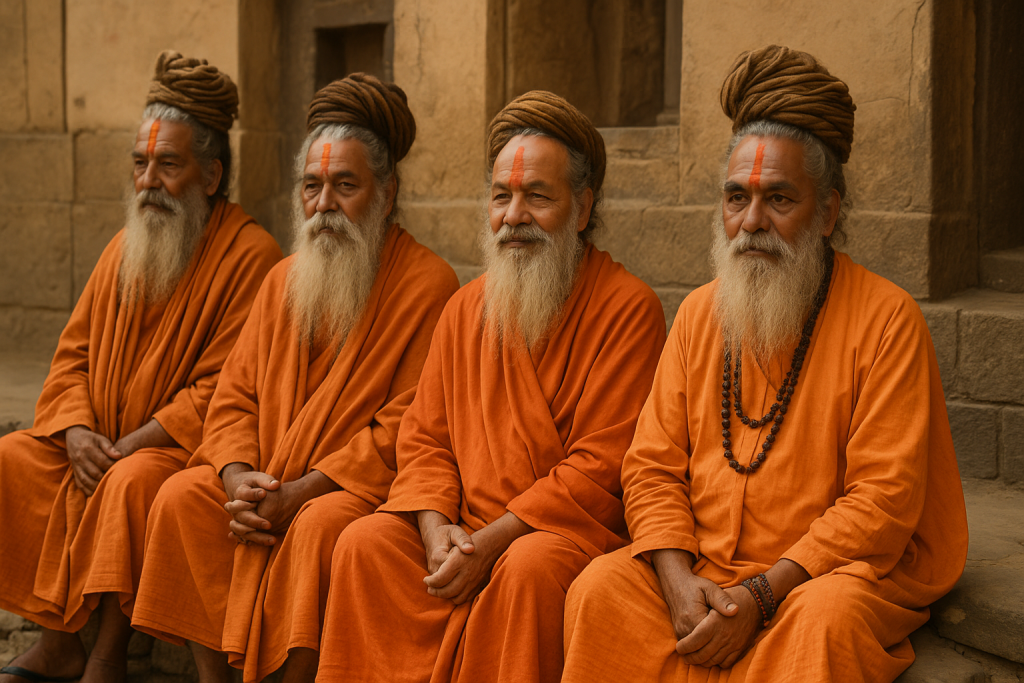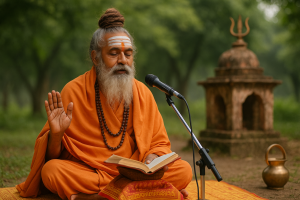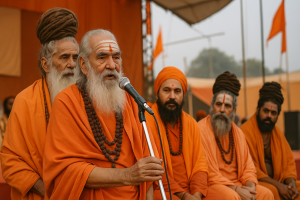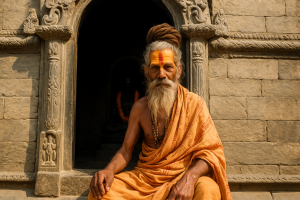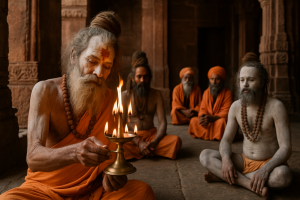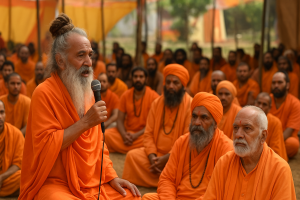Guiding Lights of Panchagiri Akhara: The Revered Mahamandaleshwars Beyond the Acharya
While the Acharya Mahamandaleshwar serves as the spiritual beacon of Panchagiri Akhara, the order’s strength and continuity are deeply supported by a group of distinguished spiritual leaders known as the Mahamandaleshwars. These revered saints are not only custodians of the Akhara’s ancient values but also active agents of change in the modern religious and social landscape.
Panchagiri Akhara, also referred to as Panchagni Akhara, is unique among Hindu monastic orders. Established in 1136 CE (Vikram Samvat 1992), it follows a distinct path marked by Brahmacharya (lifelong celibacy), Gayatri upasana (worship of the Gayatri mantra and deity), and strict adherence to spiritual discipline. The Akhara does not engage in rituals like dhuni or ash smearing, practices common in other Shaivite traditions. These differences highlight the Akhara’s deeply intellectual and inner-focused orientation.
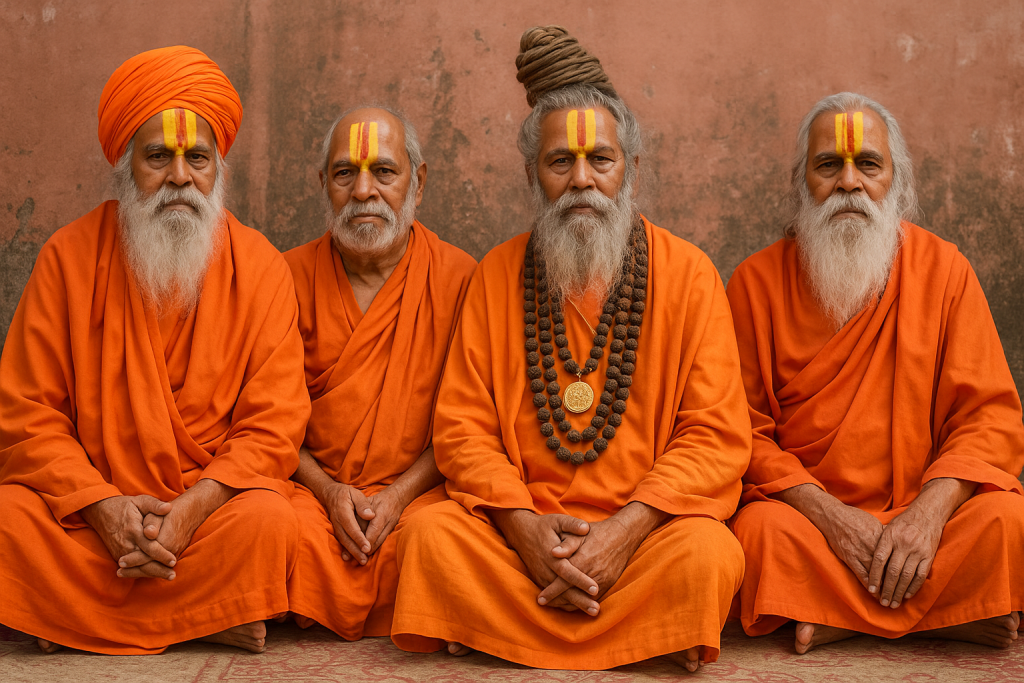
Today, the Akhara is supported by 28 Mahamandaleshwars—senior saints who have attained high levels of spiritual realization and who lead various branches and missions of the Akhara across India. Among them, figures such as Mahamandaleshwar Sampurnanand Brahmachari, Mahamandaleshwar Muktanand Brahmachari, and Mahamandaleshwar Sudamanand (Lalbaba) stand out for their deep scriptural knowledge, administrative leadership, and social service initiatives.
Each Mahamandaleshwar contributes uniquely. For instance, Muktanand Brahmachari Ji has been instrumental in expanding the Akhara’s educational efforts, supporting schools and gurukuls in underdeveloped regions. Sudamanand Ji, widely known as Lalbaba, has played a key role in rural outreach, adopting villages in Nepal and Rajasthan to promote healthcare, education, and spiritual upliftment.
Their collective role is especially visible during the grand Kumbh Mela events, where the Akhara showcases its vibrant spiritual heritage. At the recent 2025 Mahakumbh in Prayagraj, these Mahamandaleshwars led groups of sadhus in majestic processions, representing the living tradition of the Akhara. Clad in simple saffron robes, adorned only by the sacred thread (janeu), these saints radiate the timeless dignity of Brahmachari life.
What sets Panchagiri Akhara apart is that its Mahamandaleshwars are not mere ceremonial figures. They are active spiritual mentors, educators, and reformers, shaping not only the Akhara’s internal spiritual structure but also its broader contribution to society.
In an age of rapid change, the collective wisdom of these Mahamandaleshwars ensures that the Akhara remains rooted in dharma while evolving to meet contemporary needs. They carry forward the legacy of saints who walked before them—saints who chose simplicity, celibacy, and selfless service over fame or materialism.
Their presence is a reminder that true leadership in Sanatan Dharma is never about dominance, but about dharma, humility, and guiding others toward the eternal light.

